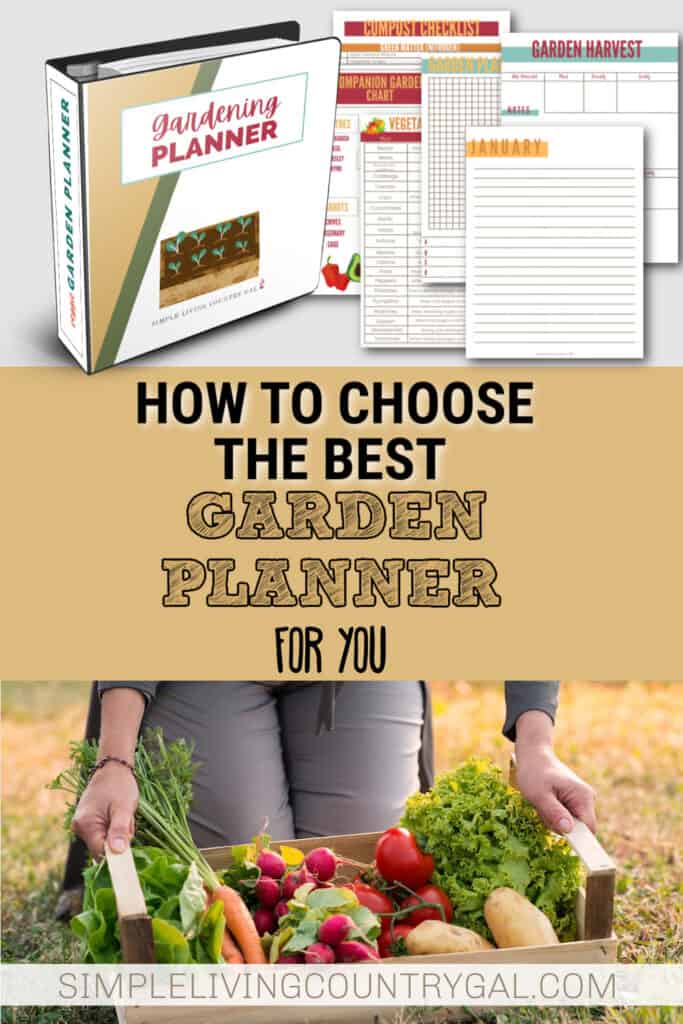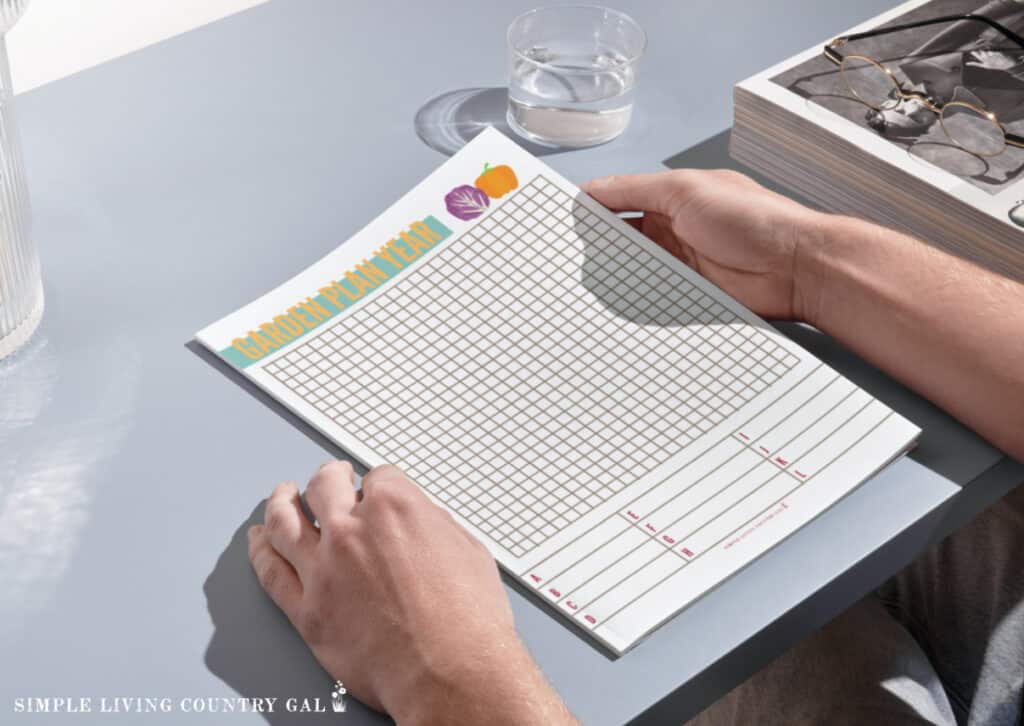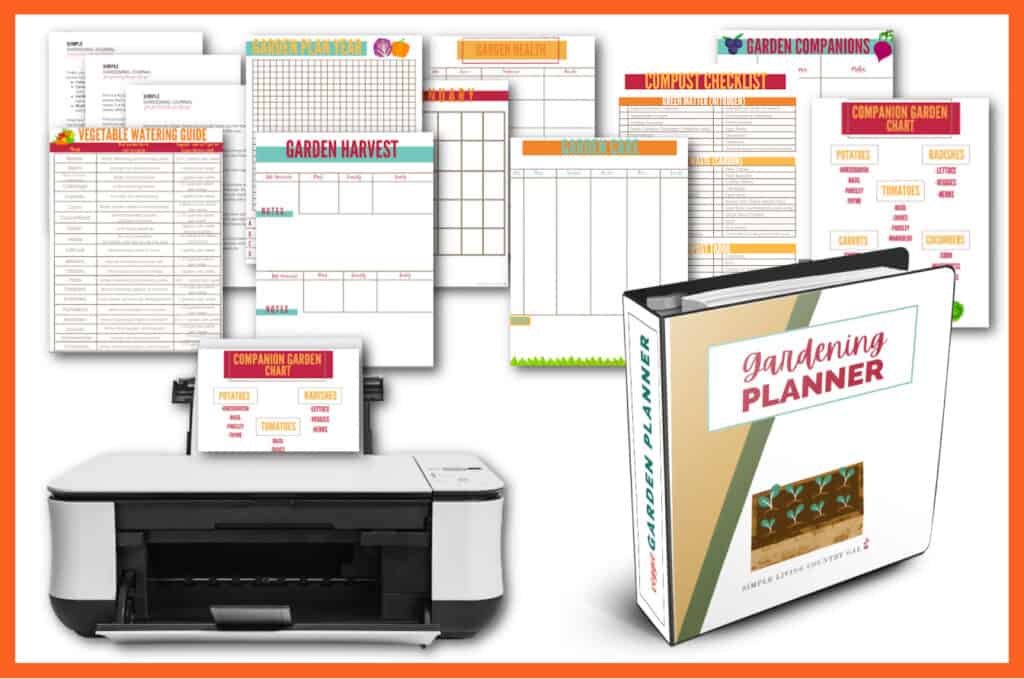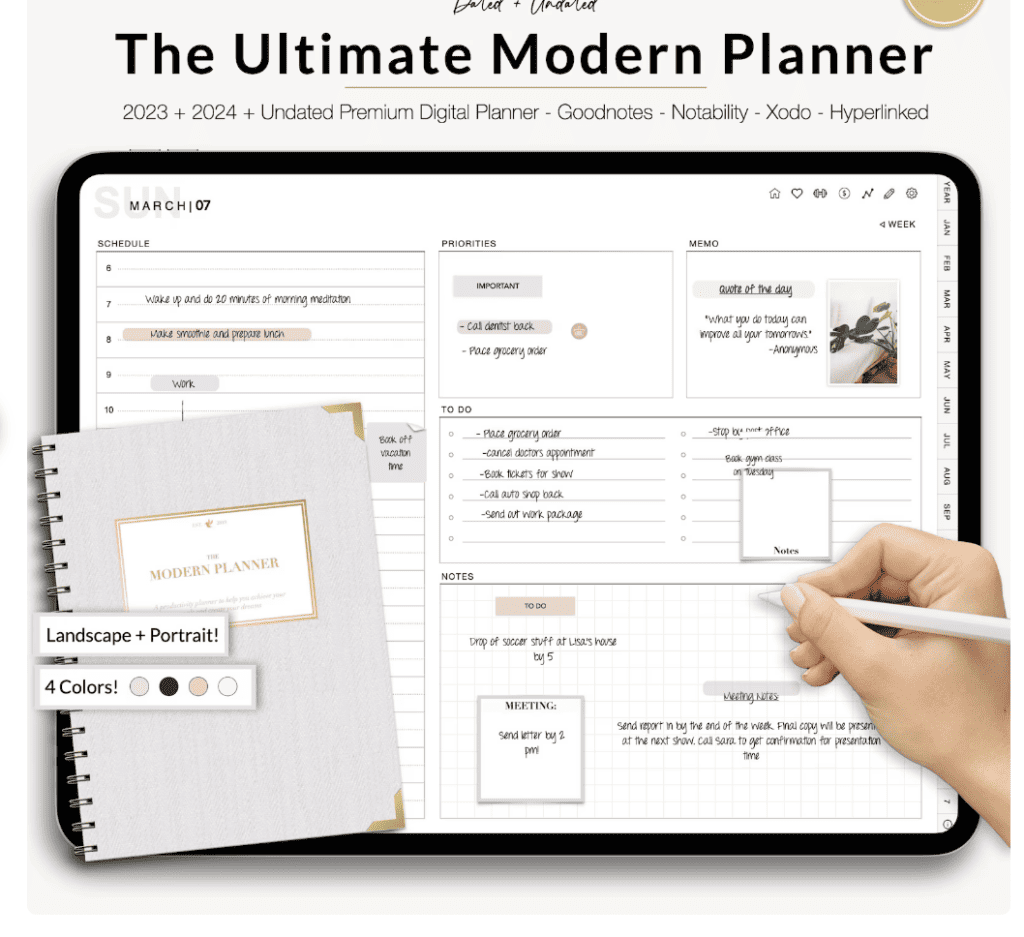Best garden planners
Keeping records is an important part of a garden. Knowing what worked and what didn’t is the secret to improving your growing skills year after year. But what is are the best garden planners to use?
Starting a backyard garden begins with a plan, and that is the purpose of keeping records even before your shovel hits the ground.

Are you looking for tips on how to keep records of your backyard garden? Whether you’re new to gardening or a seasoned pro, having a plan and strategy is the key to your success year after year. Finding the best planner specifically for you will help you keep up with the details throughout your growing season.
We’ll look at the best way to record all the important details of the plants you routinely grow. From their type and planting depth to the best time to fertilize and the best way to water. We will provide helpful advice on why using a planner should be at the top of your list, as well as guide you towards picking out which kind would fit best with your lifestyle and needs.
How should I organize my vegetable garden?
When it comes to organizing your vegetable garden, there are several factors to consider. Some things you’ll want to think about include planning the size of your space, what types of vegetables and herbs you want to grow, how much sunlight they need, and how often you will be watering them. It’s important to keep all of these details in mind when creating a garden plan.
Some tips for organizing your vegetable garden include grouping plants with similar needs together, considering companion planting to maximize space and nutrients, and rotating crops each year to maintain soil health. Additionally, many gardeners find it helpful to create a visual map or diagram of their garden layout for easy reference throughout the season.

Why should I keep a garden planner?
Keeping a garden planner is an essential part of successful gardening. It can help you stay organized and on top of tasks, track the progress and health of your plants, and plan for future seasons. By recording key details like planting dates, weather conditions, and harvest yields, you can also track patterns and make improvements in your gardening practices each year. Plus, a garden planner is a great way to stay motivated and excited about your garden.
What are the benefits of using a garden planner?
Some key benefits of using a garden planner include:
- Organization: A planner can help you keep track of important details like planting dates, watering schedules, and plant varieties. This can make it easier to plan for future seasons and ensure that your vegetables and herbs are getting the care they need.
- Increased yield: By keeping track of planting patterns and crop rotations, a garden planner can help you maximize the productivity of your garden. By avoiding planting the same crops in the same spot each year, you can improve soil health and prevent disease and pest issues.
- Efficiency: With a garden planner, you can plan out your gardening tasks in advance, making it easier to stay on top of things throughout the season. This can help save time and effort in the long run.
- Reference for future seasons: A garden planner can also serve as a reference for future seasons. By recording details like which varieties performed well, or which gardening methods were successful, you can refer back to your planner and make improvements each year.
- Disease Prevention: By keeping track of weather conditions and plant health, a garden planner can help you identify patterns and potential issues early on. This can help prevent the spread of disease and save your plants.
Overall, using a garden planner can greatly benefit both beginner and experienced gardeners alike by promoting organization, efficiency, and improved yields.
Different Types of Garden Planners
Before you can narrow down the best garden planner for you, let’s first take a look at the different types available.
#1. Print and Go
You can purchase full planners online or just the pages you need. This can be an easy way to customize a planner that fits your own situation. Pick and choose the pages that you want to include and print them out. Punch holes in each page and add them to a binder. Finally, use divider tabs to keep your planner more organized and easier to use.
Pros of a Print and Go Garden Planner
- You can start using it right away.
- Only print the pages you need.
- Purchase additional pages to customize a planner that works for you.
Cons of a Print and Go Garden Planner
- You will need to prep the pages for your binder.
- Additional costs for the binder and divider tabs.
Final Word: A print and go planner is a great option for anyone who wants to customize a setup that will work specifically for them.

#2. Physical Garden Planner
You can purchase an physical garden planner that is bound and ready to go. This is a great way to have the pages set in place, so all you need to do is start using it. You can find these planners at your local store, online stores such as Amazon, or from creators on Etsy.
Pros of Physical Garden Planner
- It is ready to use right away.
- You can choose from a variety of designs and layouts.
- It usually includes helpful gardening tips and information.
Cons of Physical Garden Planner
- Limited customization options.
- It may not include all the pages you need or want.
Final Word: An all in one garden planner is a great option for those who want a quick and easy solution but may not offer as much flexibility in terms of customization options.
The Family Garden Plan: Grow a Year’s Worth of Sustainable and Healthy Food


#3. Digital Planner
In the digital age, there are also many options for garden planners that can be accessed through your computer or smartphone. These planners often come with interactive features such as drag and drop tools, automatic plant spacing calculations, and customizable templates.
Pros of Digital Garden Planner
- It can be easily accessed and updated on any device.
- Offers more advanced features than traditional paper planners.
- It saves space and reduces clutter.
Cons of Digital Garden Planner
- Requires internet access to use.
- It may have a learning curve for those unfamiliar with digital tools.
Final Word: A digital garden planner is a great option for those who are comfortable with technology and want more advanced features to plan their garden.

#4. DIY Garden Planner
For those who love to personalize and customize everything, creating your own garden planner may be the best option. You can use any blank notebook or journal and create your own layout by hand or using online templates.
Pros of DIY Garden Planner
- Complete customization and personalization.
- It can be made with materials you already have at home.
- Allows for more creativity and flexibility in planning.
Cons of DIY Garden Planner
- It requires time and effort to create.
- May not have as many features or resources as pre-made planners.
Final Word: A DIY garden planner is a great option for those who want complete control and creativity in planning their garden. However, it may require more time and effort to create and may not have as many features as pre-made planners.
The choice ultimately depends on personal preference and lifestyle. Whether you choose a traditional paper planner, digital planner, or DIY planner, the most important thing is to find a tool that works best for you and helps you stay organized in your gardening journey.




